In case you haven’t noticed, there’s a revival in fermented foods and a renewed interest in nurturing the delicate balance of microbes that our guts need to do their job of digesting the food we eat and extracting nutrients to sustain us.
From chefs in restaurants, like the talented Cortney Burns at Bar Tartine in San Francisco, to stores stocking up on handmade sauerkraut, and people making kombucha in dark closets at home, fermentation is literally all around us. And Michael Pollan, who started to explore the topic in the “Earth” section of his new book, Cooked, has become quite taken with the subject as evidenced in his latest New York Times article.
We eat and drink the products of fermentation every day, although we scarcely give it a second thought. From wine to beer, cheese to pickles, sourdough bread to yoghurt – all these foods have already been “pre-digested” if you will, by microbes getting to work. Much as cooking aids the easy digestion of food, and I mean home-cooked real food, not processed pre-packaged foods, so fermentation also helps to break down certain elements in food making it easier on the gut, e.g.: breaking down the lactose in milk as it turns into cheese.
While I love eating fermented foods, because of certain diet restrictions, I can’t eat dairy or grains, and I don’t like the taste of kombucha, so I’ve been looking for alternatives and came across water kefir. Wholefoods sells a sparkling version, Kevita, but it’s about $3 per bottle and as my new habit was getting pricey I decided to try brew my own.
First I went online and found Cultures for Health who sells a water kefir starter kit. This includes dehydrated kefir “grains,” a plastic strainer (you need to avoid stainless steel as it affects the grains), and some drops that add trace minerals to the water. The instructions are fairly easy to follow, but the part that took some experimentation was figuring out how to get that refreshing “fizz”.
Once I had rehydrated the grains, which takes a few days, I was ready to start my first batch. Each quart of water needs a 1/4 cup of sugar – organic sucanat is recommended – to feed the bacteria. It’s best to dissolve the sugar in hot water and then add room temperature or cold water to within an inch of the top of the jar.
Once the sugar water is at room temperature you add the hydrated kefir grains and cover with a clean coffee filter or a cloth to keep out fruit flies, and leave to ferment for a couple of days. I put the jars in my cool, dark pantry. Ideally, you should see some bubbles rise to the top of the jar although in my experiments you see more or less bubbles depending on the type of sugar you use. (More on that later.)
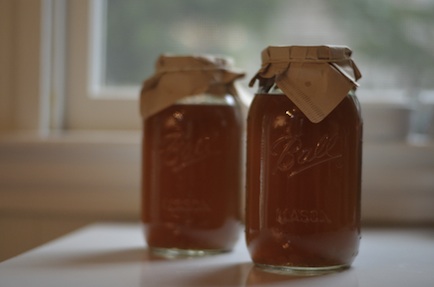
The instructions recommend you let the “grains” do their work for longer if you want a less sweet drink as this gives the live probiotics a chance to eat more of the sugar. At the end of the initial brewing stage, you strain off the liquid to make flavors of your choosing, reserving the grains (below) which you immediately put to work on the next batch.
Figuring out the flavors and how to make your water kefir fizz is when the fun and experimentation begins. From what I’ve learned there are two key elements: continuing to feed the kefir by adding something the microbes can chomp on, e.g. sliced strawberries or lemon juice, including some of the lemon flesh, and using a container with a really tight seal so the bubbles can’t escape. A Grolsch-style bottle is recommended, although I’ve used mason jars and screw-top bottles to good effect.
Once you have added the fruit, put the bottles back into a cool, dark space for another few days. Hopefully you’ll see more bubbles forming. Once they’re ready, I like to chill mine before downing, but that’s up to you. The key thing is having an open mind and being prepared to experiment. A few of my learnings are jotted down below – my high school biology teacher would be proud.
Experimentation notes:
– Turns out that the kind of sugar you use matters – microbes are choosy and only want the purest, most natural sugar. I’ve used organic sucanat with the best results (meaning you get more bubbles) although it makes the liquid a golden brown color vs. pale. Raw turbinado works quite well. Refined white sugar made for a very flat kefir.
– Make sure you label your containers with the date you added the kefir grains to the sugar water. Despite your conviction that you won’t forget something as simple as the day you made a batch, it will completely escape you and you shouldn’t leave the brew for longer than 72 hours.
– So far I’ve flavored the kefir with fresh strawberries, and lemon juice and flesh. Cultures for Health recommend changing out fruit like berries after a day, but it seemed fine to me when I left it longer. I am looking forward to making the kefir with coconut water and adding some lime.
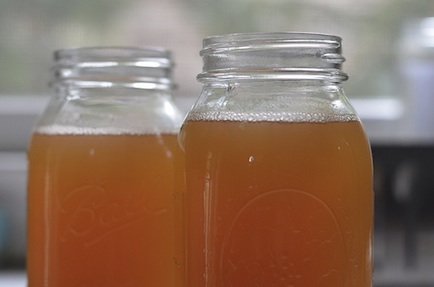
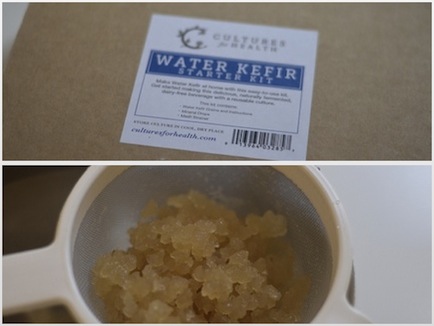
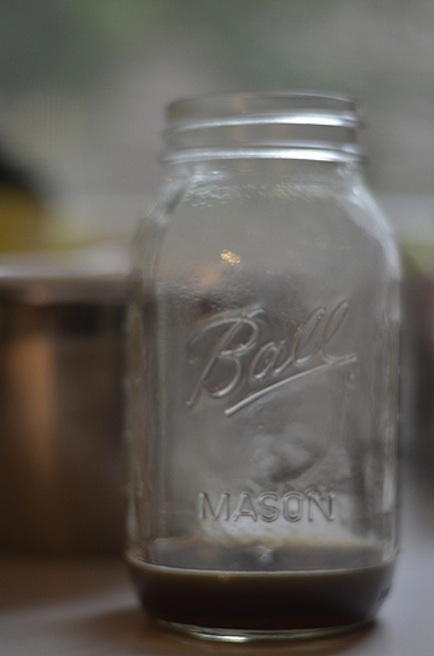
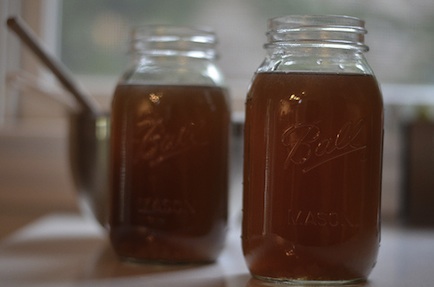
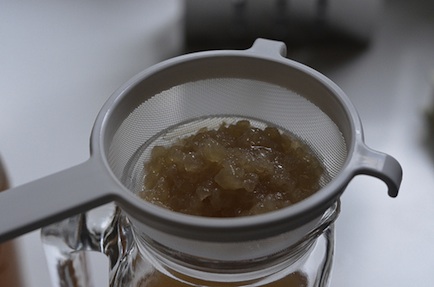

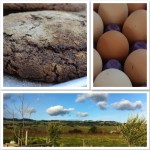
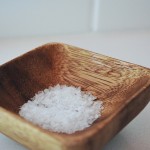
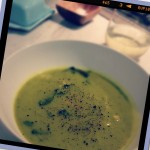
[…] Harnessing Microbes To Make Water Kefir […]